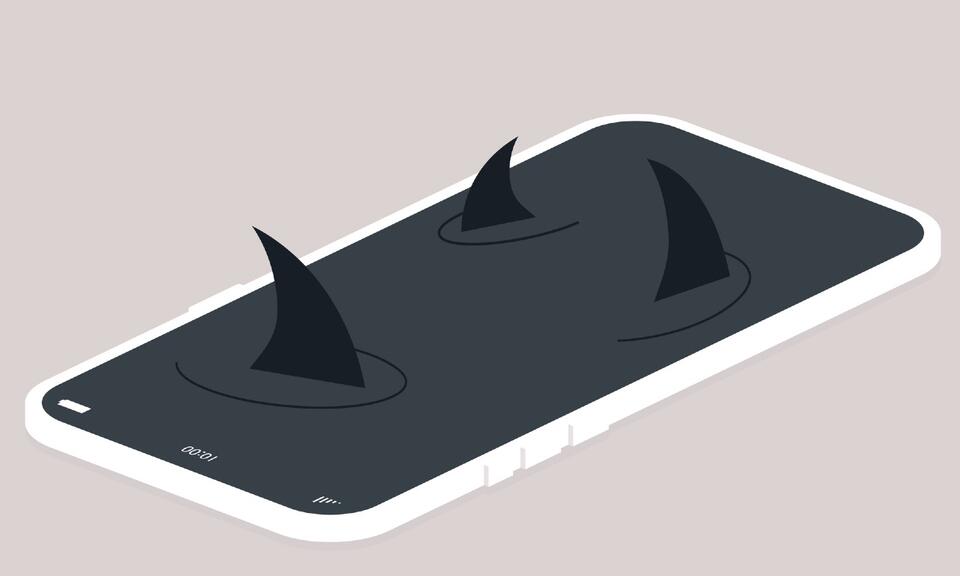
Written by
Published
Category
Slighted customers can severely damage a business – particularly in the age of social media. So, what's the best way to respond to negative reviews?
When customers are driven to vent their fury, brands and businesses suffer. Five years ago, United Airlines dragged a passenger from an overbooked flight and the public outrage was so great the company had to pay dearly to repair its reputation.
This situation turned toxic after extreme provocation, and it’s well known that disgruntled customers can cause damage when they direct their wrath at companies. In our research, we combine insights from marketing and psychology to determine why, and how, individuals are driven to wreak revenge – and how companies can best soothe or distract clients and avert a public relations disaster.
If businesses can recognise a client’s mental state, and how far their frustration has developed, they’ll understand more precisely how to address a problem. Better still, they could succeed in pre-empting vindictive responses.
The angry customer
When something goes wrong, customers respond in different ways, depending on how serious the slight, how deeply they feel it and how often they’ve complained. Some just vote with their feet and their patronage may be lost forever, at a cost, since replacing lost customers can be more expensive than retaining them.
Most customers who leave tend to do so without complaining directly to the firm, which may have no chance to rectify the problem, or even learn from it. These customers may also go on to cause a lot of damage through negative word of mouth. That’s why it’s important for companies to think proactively about how to deal with toxic customers.
It's when customers go on to dwell on their bad experiences that real problems develop. Our research has analysed this process of rumination – when customers repeatedly go over a bad experience in their minds – and how it might translate into aggression. And this must be understood in today’s age of social media.
It’s well known that disgruntled customers can cause damage when they direct their wrath at companies
Customers now are spoilt for choice in where they can vent loudly and publicly – from social networks to discussion boards – bad press is amplified and travels far. Research shows that if a negative comment receives more than 6,600 likes on social media, the ensuing storm becomes impossible to contain. Companies that nip a complaint in the bud after just seven likes have a good chance of extinguishing the fire.
A corporate failure of some sort – a cancelled flight, a long wait in a restaurant, rude service, or perhaps an inadequate response to an initial complaint – can prompt individuals to stew on the slight, either focusing on the incident itself or how it made them feel. And the more deeply they think about it, the more likely they are to respond with aggression and seek revenge.
Incidentally, if they focus more on how they feel rather than what happened, then they are more likely to complain constructively, with a view for example to improving service or warning other customers. Although this reaction can be just as damaging to a company as fury because it can still lead to negative posts.
Responding to toxic complaints
With this in mind, what should firms do? First, they must be aware that customers can turn toxic if their initial complaint is ignored or they receive an automated response. Customers like to be heard. An acknowledgement of their pain, a personally-worded apology and a refund or compensation can help right wrongs and deflect anger.
Technology and trained staff can help flag the early signs of dissatisfaction by monitoring tweets, bad reviews and individual comments. Understanding whether a customer is revving up for a constructive complaint, or whether they are stewing over the event itself can determine the urgency and type of response required. When a customer turns toxic – dwelling intensely on whatever went wrong – then a company must respond by focusing on the root cause of the problem.
Dealing promptly and individually with complaints can mitigate customer frustration and defuse aggression towards a brand. Companies should give a timely explanation of what went wrong, although blaming an individual employee certainly doesn’t work.
Pre-emptive action
But by the time a complaint goes public, the damage has more or less been done. Pre-emptive action can be more effective, and here, companies have a few tricks up their sleeve. For instance, companies can deploy the "blemishing effect", which involves sharing a small amount of negative information to boost positive perceptions of the product or brand. There's also "performance transparency", which involves sharing balanced and objective information to set expectations.
Distraction can be a useful tool – for example, platforms such as Booking.com ask customers to rate various aspects of their experience before leaving a written review, diluting customer rage against a particular fault. Restaurants can deflect poor service by giving waiting customers perks such as free drinks and snacks. Companies can manage expectations – for example in the case of Ryanair, which doesn’t pretend to be anything other than "no frills".
Companies that nip a complaint in the bud after just seven likes have a good chance of extinguishing the fire
These insights reveal how the mental state of customers can determine their anger, but we need a better understanding of triggers and escalation – what circumstances and mental processes prompt frustrated customers to lash out.
Despite the risks posed by toxic customers, company complaint procedures are often astonishingly inadequate. Culprits can make it difficult for customers to complain directly, and corporate responses are often too slow or automated. This may save time and money in the short term, but if frustration intensifies, it will cost businesses far more dearly in the longer term.
This article draws on research explored in "Why so Toxic? A Framework for Exploring Customer Toxicity" by Imperial College London's Barbara Duffek, Andreas B. Eisingerich and Omar Merlo.


